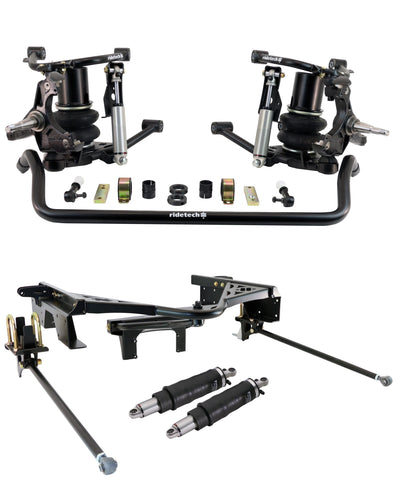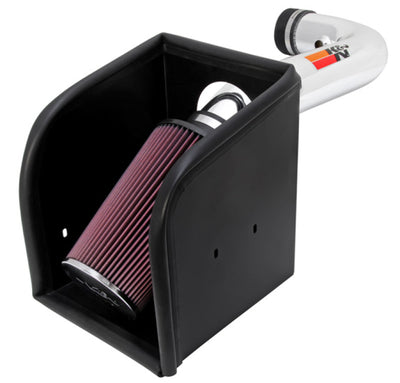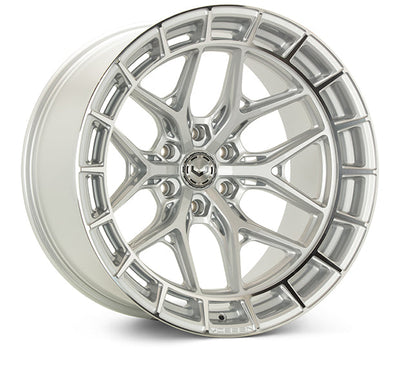Progressive Vs Linear Spring Rates
When it comes to achieving the perfect stance for your vehicle, choosing the right suspension setup is crucial. One of the key decisions you'll need to make is whether to go with progressive or linear spring rates. Both options have their own set of advantages and disadvantages, and understanding the differences between them can help you make an informed decision. At The Lowered Company, we offer a wide range of lowering suspension components, including springs, coilovers, and more, to help you achieve the perfect stance for your vehicle.

Progressive Spring Rates
Progressive spring rates are designed to provide a smoother ride over uneven surfaces. These springs have a variable spring rate, meaning that the coils are spaced closer together at one end and farther apart at the other. This allows the spring to be soft at the beginning of its travel, providing a comfortable ride, and progressively stiffen as it compresses, preventing bottoming out during aggressive driving. This makes progressive springs a popular choice for daily drivers and vehicles that see a mix of street and track use.
Linear Spring Rates
Linear spring rates have a consistent spring rate throughout their travel. This means that the spring is equally stiff at all points, providing a more predictable and consistent feel. While linear springs may not offer the same level of comfort as progressive springs over rough roads, they are often preferred for high-performance applications where precise handling is critical. Linear springs are also easier to tune, as their behavior is more predictable.
Benefits of Progressive Springs
One of the main benefits of progressive springs is their ability to provide a comfortable ride without sacrificing performance. The soft initial spring rate allows the suspension to absorb bumps and imperfections in the road, while the stiffening rate prevents excessive body roll and provides good cornering stability. This makes progressive springs a versatile choice for a wide range of driving conditions.
Benefits of Linear Springs
Linear springs are preferred by some drivers for their predictable handling characteristics. The consistent spring rate allows for more precise tuning of the suspension, making it easier to dial in the desired ride height and handling balance. Linear springs are also less prone to coil bind, a condition where the coils of the spring come into contact with each other, which can lead to a harsh ride and reduced suspension travel.
Conclusion
In conclusion, both progressive and linear spring rates have their own set of advantages and disadvantages, and the right choice for you will depend on your driving style and preferences. At The Lowered Company, we offer a wide range of lowering suspension components, including both progressive and linear springs, to help you achieve the perfect balance of comfort and performance for your vehicle.









